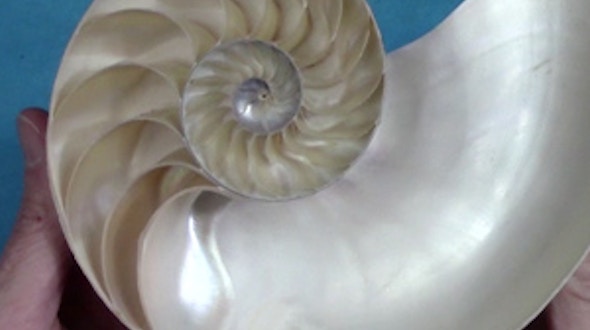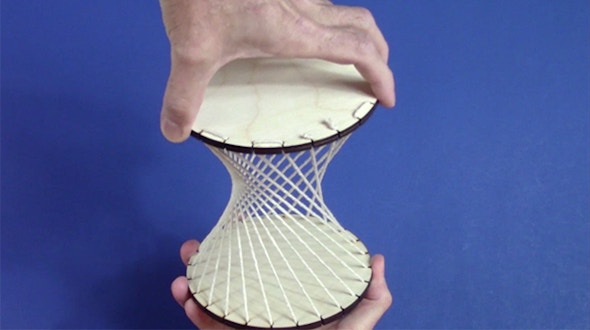Mathematical Impressions: Long Sword Dancing
Traditional long sword dancing is an art form that produces stable patterns of interwoven segments. These structures, sometimes called “popsicle stick bombs,” are surprisingly rich mathematically and raise subtle difficulties for those attempting to analyze their stability. Dancers look for sequences of movements that will produce a desired configuration, an algorithmic question that is particularly challenging if the arms and swords are required to maintain a simple closed loop during the dance.
The standard reference on traditional dances is Ivor Allsop, “Longsword Dances from Traditional and Manuscript Sources” (Northern Harmony, 1996).
For a stability analysis, see Walter Whiteley, “Rigidity and Polarity II: Weaving Lines and Tensegrity Frameworks,” Geometriae Dedicata 30, no. 3 (1989), pp. 255-279.
Related:
More videos from the Mathematical Impressions series.


